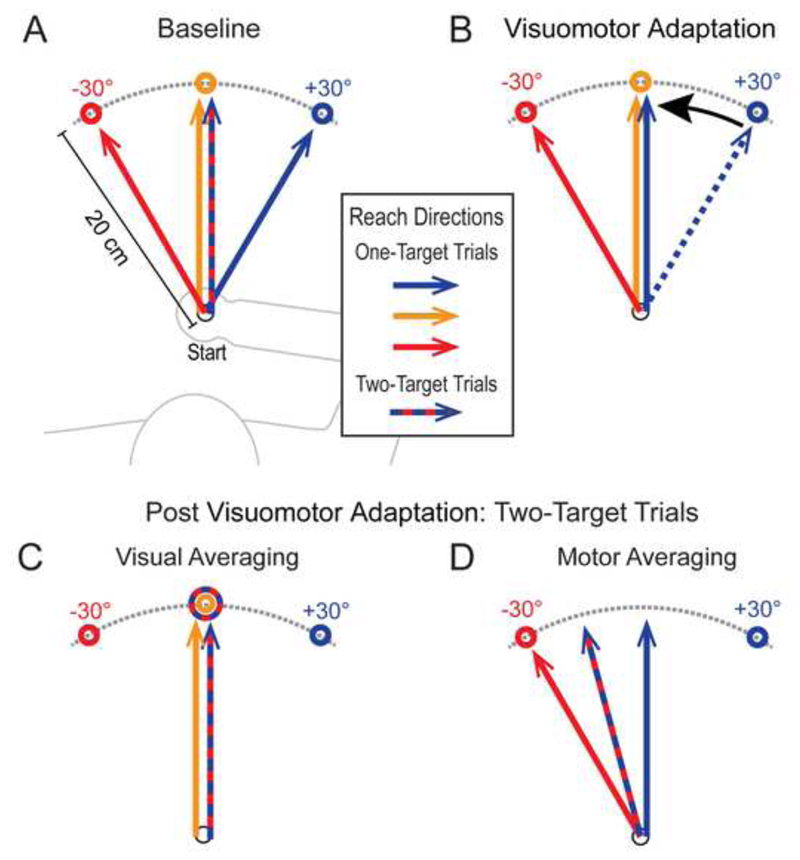Figure 1. Experimental paradigm and hypotheses.
(A) Predicted initial reach directions for one- and two-target trials involving the -30°, 0° and +30° targets prior to adaptation to visuomotor rotations (Day 1 of testing). A straight ahead initial movement in -30/+30° two-target trials (striped arrow) is expected regardless of whether participants aim for the average target position (visual averaging) or execute an average of movement paths for the two potential targets (motor averaging). (B) Predicted initial reach directions following adaptation to visuomotor rotations gradually applied to the 0 and +30° targets and designed such that participants moved their hands straight ahead (~0°) for both the 0 and +30° targets, and directly to the -30° target, in one-target trials (Day 2 of testing). (C) Under visual averaging, the initial movement direction in -30/+30° two-target trials should be straight ahead if participants aim for the average visual target position (striped arrow) (D) Under motor averaging, due to this compression of motor space, the initial movement direction in -30/+30° two-target trials (striped arrow) should be rotated leftward if participants execute an average of the potential motor paths.

